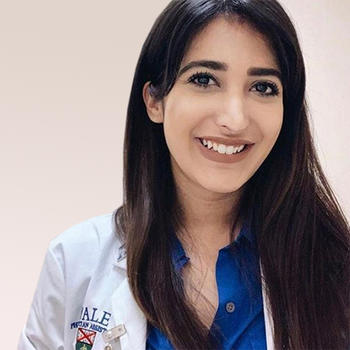 About the Profession
About the Profession
A physician assistant (PA) is a medical professional who is nationally certified and state-licensed to practice medicine with the supervision of a physician. By design, physicians and PAs work together as a team; physician-PA practice can be described as delegated autonomy. Physicians delegate duties to PAs, and within this range of duties, PAs use autonomous decision-making for patient care. This team model is an efficient way to provide high-quality medical care to a larger number of patients. In rural and other underserved areas, the PA may be the only health care provider on-site, collaborating with the physician through telecommunication.
What Does a PA Do?
PAs obtain medical histories, perform physical examinations, diagnose and treat illnesses, order and interpret lab tests, perform procedures, assist in surgery, provide patient education and counseling, and make rounds in hospitals and nursing homes. All 50 states and the District of Columbia allow PAs to prescribe medications.
Where Do PAs Work?
With a strong foundation in general medicine, PAs are able to adapt to changing health care needs. Because of this flexibility, PAs usually change specialties two to three times during their careers. Approximately one third of PAs work in primary care (family medicine, general internal medicine, general pediatrics, and women’s health), and two thirds in medical or surgical specialties. 10% of PAs in specialty practice work in emergency room settings, 23.2% work in surgical subspecialties such as cardiovascular surgery and orthopedic surgery, and 10% work in internal medicine subspecialties, such as cardiology, neurology and endocrinology. The remainder of specialty PAs works in a variety of fields, from general surgery and occupational medicine, to dermatology and pain management. PAs work in all health care settings including physician offices, clinics, hospitals, emergency rooms, student health centers, occupational medicine clinics and urgent care clinics. They may make house calls and home health visits, and work in both state and federal prisons. PAs are found in significant numbers in medical education/academic health centers and government/public health care settings, with large numbers employed by the Veterans Administration (VA), public hospitals, and in each branch of the military, as well as the President’s health care team.
